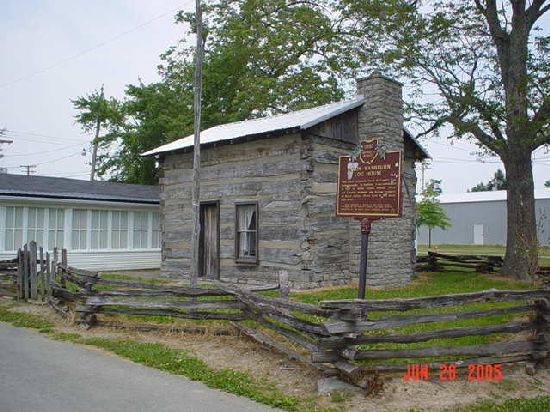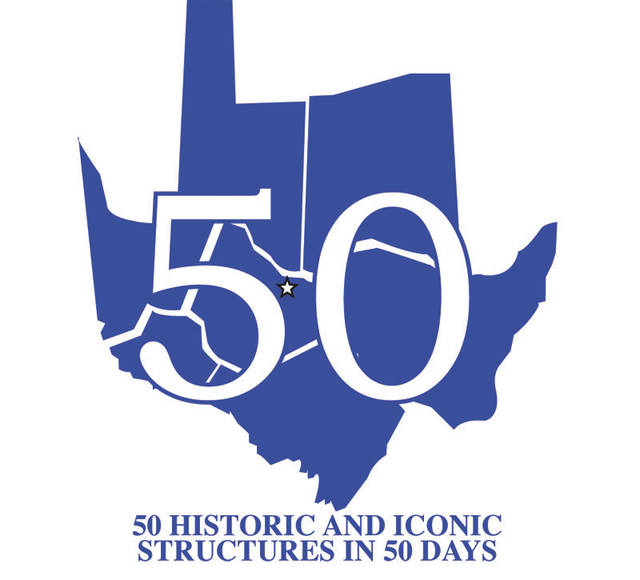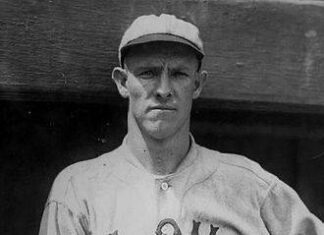In Kentucky, the years from 1780 to 1790 were known as the ‘Bloody 80s,” as settlers and Native Americans battled over the land south of the Ohio River.
Simon Kenton came up with two ideas. First, he would hire brave frontiersmen to watch the Ohio for Native American war parties and he would form an army that would punish any war party that entered Kentucky.
This is the story of two of the 16 ‘spies’ hired by Kenton. William Dixon was 16 years old when he came to America and joined the Revolutionary Army. After the war he settled in Kentucky but had no taste for farming. He was soon in Limestone, now called Maysville, and was hired as one of Kenton’s ‘spies’; he was about 30 years old.
Cornelius ‘Neil’ Washburn grew up in Mason County. By the time he was 16 he was one of the best woodsmen in the area. At 19 he was one of Kenton’s ‘spies’.
The 16 ‘spies’ roamed the forests along the Ohio River in search of the war parties and to warn settlers that trouble was on their way. They learned the war parties used animal trails to reach the Ohio from their villages. Kenton’s ‘spies’ need only watch these trails.
One of the most used trails was the Elk River Trail. It ran down the west bank of Elk River from the current village of Decatur to the Ohio River. Today Elk River is called Eagle Creek.
Dixon and Washburn with the help of a group of men from Mason County built a small cabin a half a mile north of the Ohio in Logan’s Gap. This was the first cabin in Brown County; the year was 1793.
The Dixon-Washburn cabin was was important in the future settlement of both Kentucky and Ohio.
In 1976, it was moved from its original site in Logan’s Gap, which is only one-half mile from the Ohio River near Ripley, Ohio on the south border of Brown County, to the Brown County Fairgrounds in Georgetown.
The cabin is constructed of square hand-hewn poplar and oak logs taken from the building site. The walls are built in the reverse dove-tail style that was common at that time. The original chinking was of clay and stone, but after the 1976 move the chinking was done with stone and mortar. The three doors are wooden board and batten. The two windows are wooden framed.







